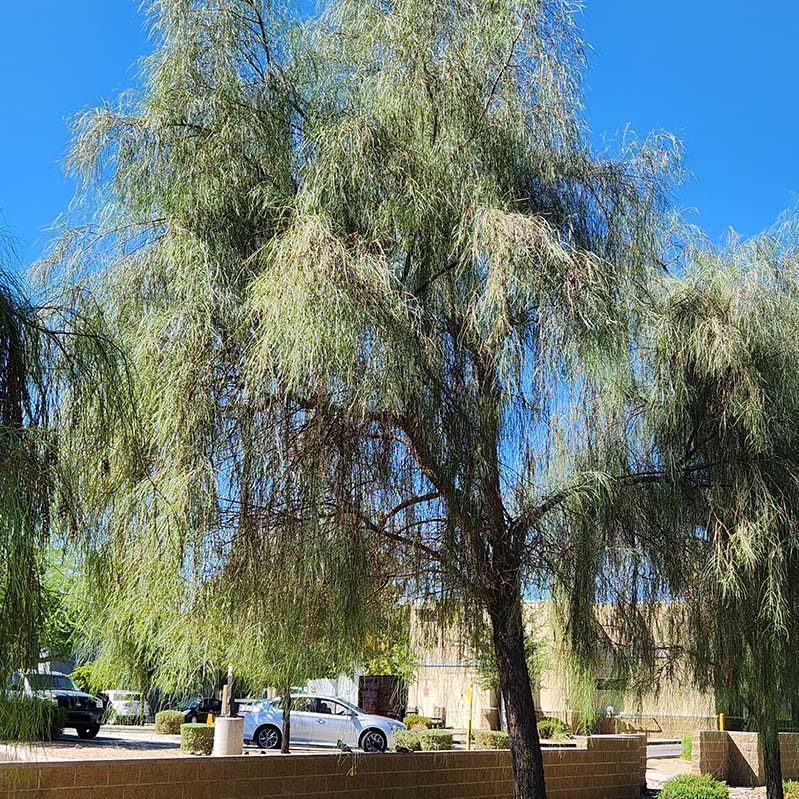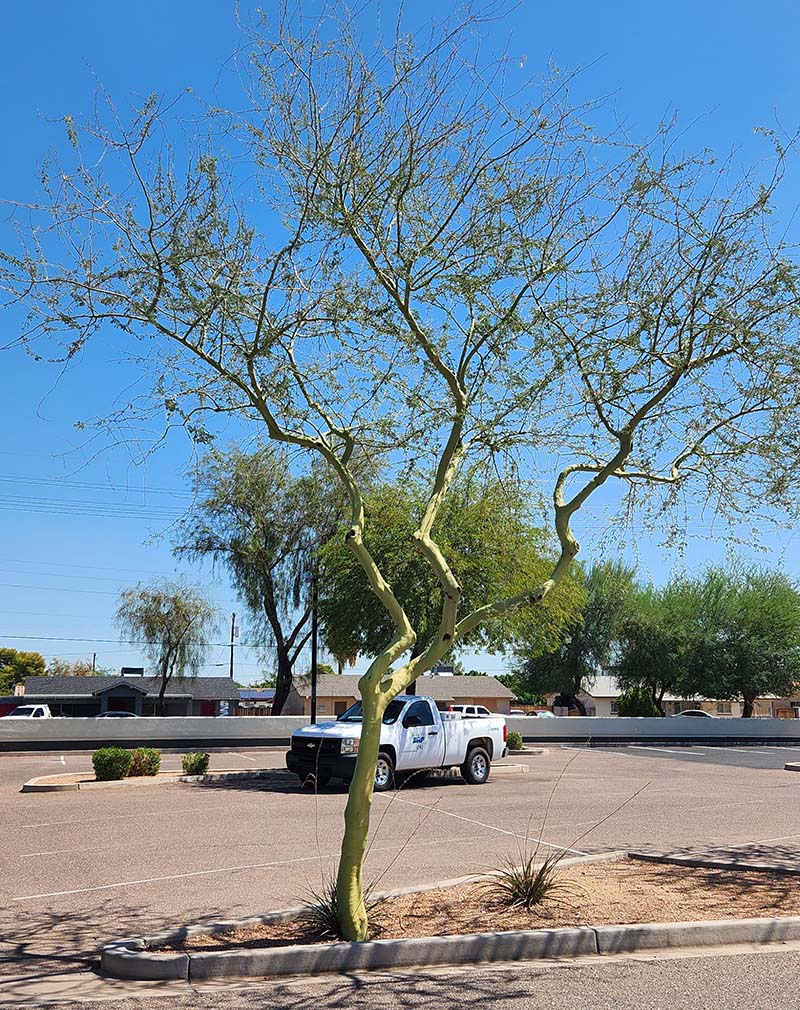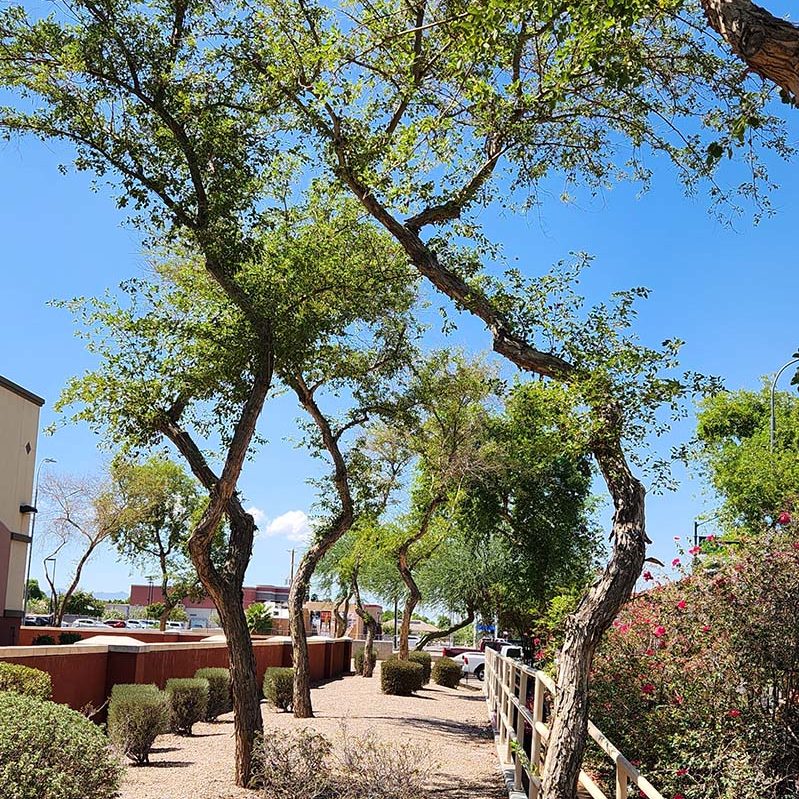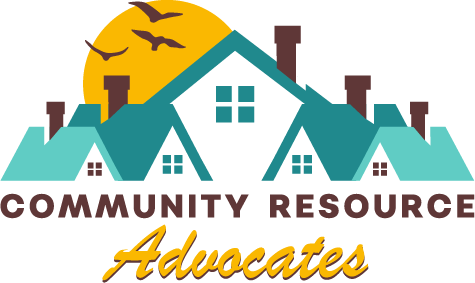Tree Pruning
Community Resource Advocates is designed to assist board members to research and understand “best known practices” and to offer solutions for sustainable options in your community for tree care. CRA (Community Resource Advocates) is not recommending, suggesting or promoting any specific contractor, only the research, so board members can understand what works and what doesn’t. CRA only shares professional advice that is promoted as ‘sustainable’ and would use this information to create a sustainable tree care schedule for your community.
Arizona Tree Council has a variation of arborists who can help assist CRA in creating a sustainable program for your community.


Pruning Mistakes
In Arizona we have native trees as well as trees that have been brought here from other countries. An example would be Palo Verde trees which are native to Arizona and can be found all over the Southwest. Sissoo trees are from India, Napal, and Pakistan and sustainable care would be very different toward each species wanting to preserve the assets of urban canopies. However, all over the Valley we can see damaged trees due to unstable harsh pruning practices.
“Lion tailing is not a substitute for tree crown cleaning or crown reduction, and is never done by qualified tree pruners.”

Urban Tree Canopy
Urban tree canopy (UTC) is the layer of leaves, branches, and stems of trees that cover the ground when viewed from above. In urban areas, the UTC provides an important stormwater management function by intercepting rainfall that would otherwise run off of paved surfaces and be transported into local waters though the storm drainage system, picking up various pollutants along the way. UTC also reduces the urban heat island effect, reduces heating/cooling costs, lowers air temperatures, reduces air pollution, increases property values, provides wildlife habitat, and provides aesthetic and community benefits such as improved quality of life.

Methods of Tree Care
When you think of tree pruning, you most likely think of a big pair of clippers snapping branches from their base. And that is one method, however it is the wrong method.
Tree care professionals in Arizona know that the method of care is just as important as the goal of care.
Methods commonly used by commercial tree care pros include thinning, or the removal of branches all the way back to their main branch. This allows sunlight to shine through the whole tree, so all parts can absorb necessary nutrients.
Another method is called cleaning a tree. You know how you take your car to a mechanic to have it tuned up? That’s a good analogy for your trees. Cleaning is like a tune up for your trees. It’s when your arborist performs special cuts to make your tree healthy and beautiful.
Some Arizona tree professionals will recommend reduction for some trees that are too tall or too wide. Overgrown trees can be hazards in some areas. Keeping them within a healthy and safe range of growth is ideal, especially when your trees are near utility lines.
Finally, arbor care can mean providing one or more methods at the same time to give it an overall structural treatment.
Pruning
“Pruning is the most common tree maintenance procedure. Unlike forest trees, landscape trees require a high level of care to maintain their structural integrity and aesthetics. The type of care depends on a tree’s size, age, and condition. Typically, no more than 5% to 20% of a tree’s crown should be removed at one time..
“Improper pruning can create lasting damage or even shorten the life of a tree. Because each cut has the potential to change the growth of a tree, no branch should be removed without a reason.”

Sustainable practices will consist of ‘preventable policies.’ Community Resource Advocates will educate on preventable actions, water saving steps as well as assisting in creating a sustainable program for turf areas in your community.
